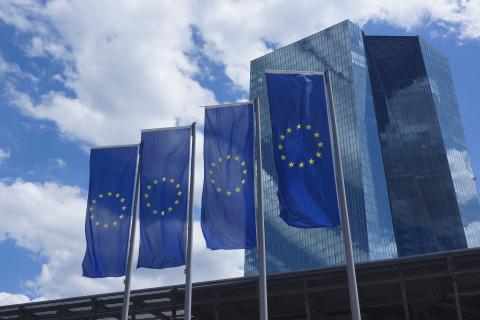IEEFA Europe: A blacklist of 120 coal plant developers for investors seeking to lower climate risk
Even as risks mount for coal worldwide, nearly 1,400 new coal plants or units are planned or under development in 59 countries. If built, these plants would increase coal power capacity by 33%, adding more than 670,000 megawatts to the global coal plant fleet.
Who exactly is developing these new coal plants? German environmental NGO urgewald and partner NGOs have released a new database at coalexit.org that details the world’s top 120 coal plant developers. The list is meant for the finance industry, which controls how many of the planned, announced, or permitted new coal projects actually move forward—and which has taken a growing interest in the topic.
Launched in 2017 as a tool for banks and investors, the tool, known as the Coal Plant Developers List (CPDL) was conceived as a “short list” guide to investors’ first steps in divesting from coal. Urgewald, as it compiled its list, recognized that many financial institutions typically divest step by step, rather than all at once.
Urgewald used a sophisticated process to cull the top 120 coal plant developers from a larger list of 700 companies with significant coal-related business activities. The largest 120 coal plant developers, which account for 68% of the global coal plant pipeline, should be at the top of investor’s divestment list, contends urgewald, which has played a key role in persuading some of the the world’s largest investors—including the Norwegian Government Pension Fund and the German insurance giant, Allianz—to divest from most of their coal holdings.
The financial risk of investing in the coal supply chain is intensifying, particularly for coal plant developers. Risk factors include expensive construction and operating costs and shifting demand forecasts. Costs of alternative energy sources, especially renewables, continue to decline.
Increasingly, even investors that are not yet divesting from fossil fuel holdings are weighing the likely impacts of of climate risk. In response to investor interest in the topic, the Financial Stability Board (FSB) formed the Task Force for Climate-related Financial Disclosures (TCFD) in 2015. The TCFD calls on large companies to assess and disclose material threats to their businesses from climate change.
Meantime, over the past year or so, some of Europe’s biggest institutional investors, including Allianz, AXA, and Generali, have adopted policies barring coal plant developers from their investment universe. And many of the world’s largest international banks and investors are now using urgewald’s research to inform their coal-related investment decisions.
One associated and growing financial risk is that coal developers are increasingly being targeted by divestment campaigns. Urgewald has played an important role in pushing for divestment on this angle—divestment from utilities, contractors, and other businesses that form the coal supply chain—as well as financiers who fund coal plants.
WHILE CHINA IS THE LARGEST PRODUCER OF PHOTOVOLTAIC POWER AND THE WORLD LEADER IN WIND POWER GENERATION, its planned coal capacity additions account for more than one-third of the global coal plant pipeline. Chinese companies also play a key role in building new coal power plants abroad. Almost 20% of Chinese-led coal plant development is taking place outside of China.
Japanese companies are also significant players in overseas coal plant development.
Nonetheless, the world’s largest coal plant developer is China’s National Energy Investment Group (NEI), which was formed last year. The number two and three coal plant developers worldwide are the China Huadian Corporation and India’s National Thermal Power Corporation (NTPC).
Coal plant developers, however, are a geographically diverse group. with the world’s top 120 coal plant developers headquartered across 42 countries. The group includes existing developers and a large number of new entrants. Nearly 28% of the world’s top 120 coal plant developers currently have no installed coal capacity.
Coal mining interests in larger countries appear to be driving coal power development in many smaller countries, according to Heffa Schuecking, the director or urgewald who notes that “46 of the top 120 coal plant developers are also coal producers whose main rationale for building coal plants in ‘frontier’ countries like Tanzania, Mozambique or Botswana is to power the development of coal mining,”
Out of the 59 countries where new coal plants are planned, 11 have no more than 600 MW installed coal capacity and 16 have no coal-fired capacity whatsoever.
“Our list names the top companies investors and banks need to shun if they are committed to limiting our planet’s temperature rise,” Schuecking said.
Kathy Hipple is an IEEFA financial analyst. She can be reached at [email protected].
RELATED ITEMS:
IEEFA update: As Marubeni distances itself from coal, other industrial behemoths will follow
IEEFA op-ed: Colorado’s pension fund shouldn’t bank on the future of oil and gas
IEEFA update: Six real-world rebuttals to divestment naysayers










